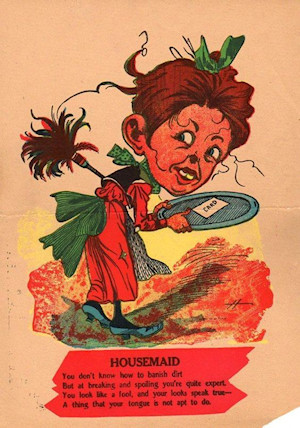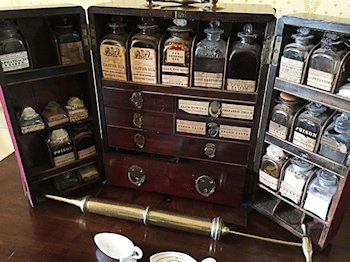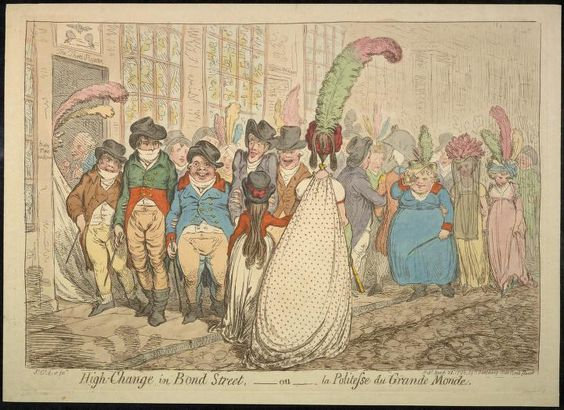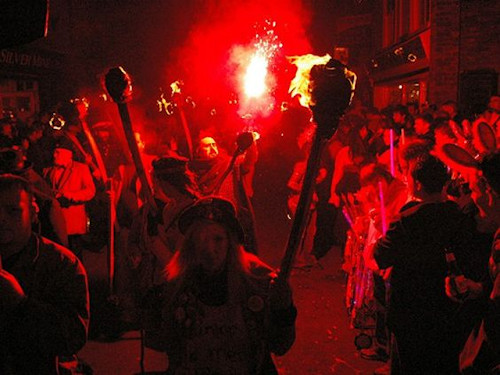Valentine’s Day

The Risk of Rogues takes place partly on St. Valentine’s Day, which was celebrated even then. Before Christmas cards became a thing in the Regency, St. Valentine’s Day cards were exchanged with loved ones. These were usually handmade and decorated, although in 1815, companies started mass-producing Valentines. In the Victorian age, a class of cards called “mocking Valentines” (“vinegar valentines” in the U.S.) started to be produced. Essentially, they insulted the person who received them. Can you imagine getting one of those in the mail? Especially since, at this time, it was the receiving party who paid the postage. Talk about adding insult to injury! Anyway, you can see a variety of Valentines from the period on my Pinterest page.




